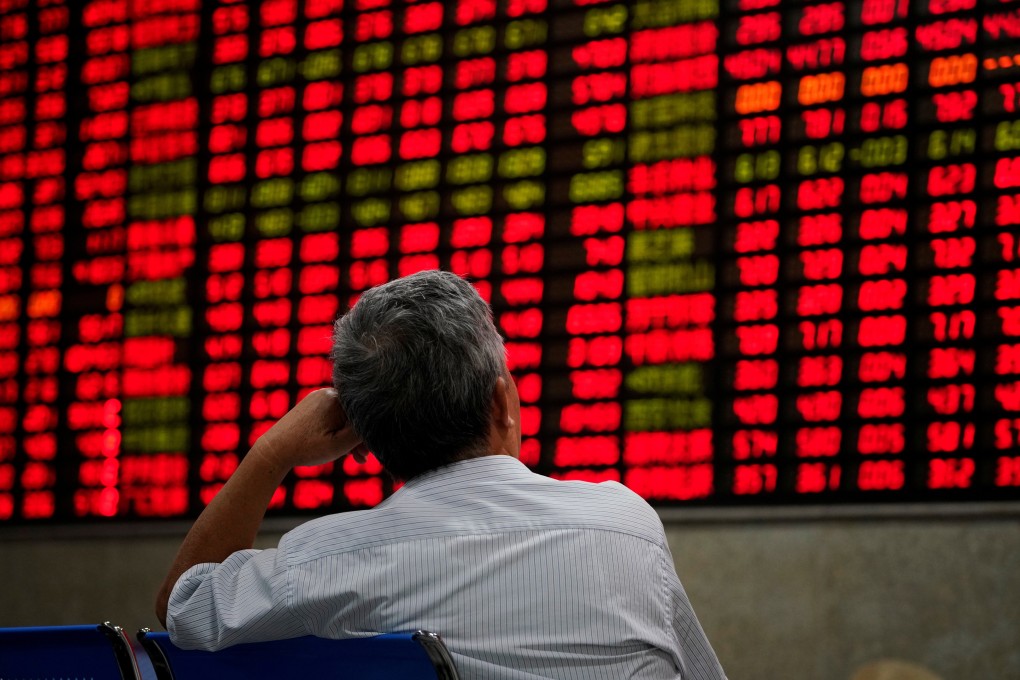Explainer | What is behind China’s US$1.4 trillion stock market rout, what are officials saying and can we expect a bailout?
- Valuations of CSI 300 Index members, based on price-earnings ratios, reached their highest levels in mid-2015, just before a mammoth stock crash that year
- Chinese stocks rose about 2.5 per cent on Thursday, as market bulls pushed the index to its best gains in two months

The nation’s economic prowess and growing influence has encouraged MSCI, FTSE Russell and other index compilers to boost its weighting in global benchmarks over the past two years, luring funds and helping propel domestic stocks to US$11.8 trillion to a peak on February 21. Since that euphoric day, however, more than US$1.3 trillion in value has been erased from the two primary onshore bourses.
Some analysts have cautioned the slump may have further room to go as valuations hit pre-2015 crash levels. Speculation about a bailout may emerge if the sell-off persists. Here’s a quick take on the current market dynamics.
What happened in the market over the past year?
The Covid-19 outbreak, first detected in Wuhan in China’s central Hubei province in late 2019, prompted a citywide lockdown on the eve of Lunar New Year. Local stocks weakened, presaging a full-blown global market meltdown by March 2020.
The Shanghai Composite Index crashed to a 13-month low on March 23, leaving stocks on the cusp of bear-market territory. The CSI 300, which tracks the biggest stocks in Shanghai and Shenzhen, had slumped 16 per cent by that time.